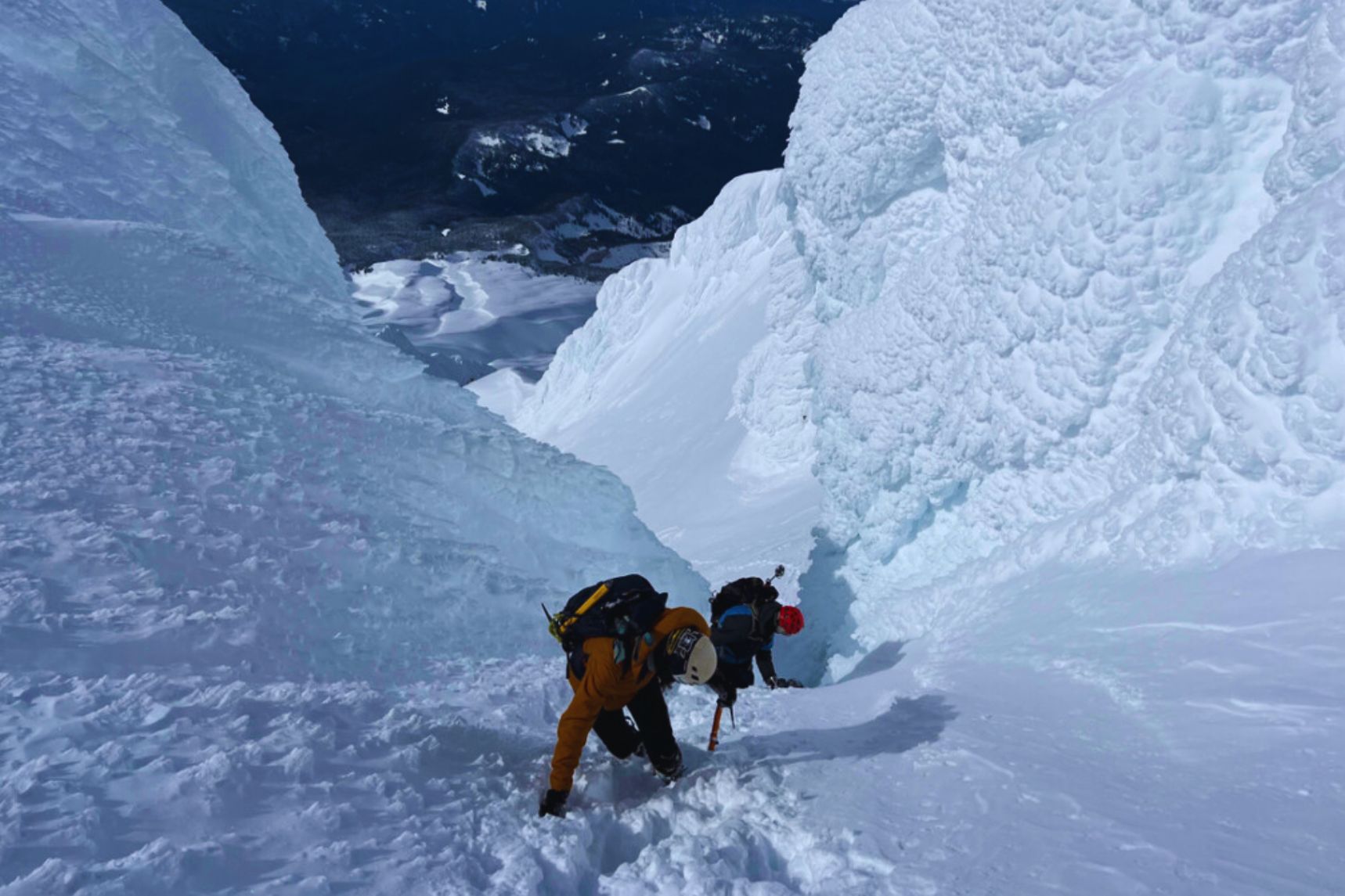No Map and Violently Ill on 760-Mile Epic Trek: Colorado’s Most Unhinged FKT

Hunter Leininger has undertaken some challenging outdoor objectives in his life. The 26-year-old adventure racer and endurance athlete holds fastest known time (FKT) records for the Florida Trail, the North-to-South Iceland Traverse, the U.K.’s Skye Trail, and several other long-distance thru-hikes.
In 2024, he finished a harrowing 400km self-supported race across China’s Gobi Desert (in which he tied for first).
But this summer, he successfully attempted to set an FKT traversing the state of Colorado, and it might have been the greatest test of his skills yet. Not just because of the environmental factors — rain, hailstorms, heat, and altitude — but because, from the very start, Leininger’s plans went totally off the rails.
Colorado Traverse FKT
Leininger’s FKT attempt started on June 29, 2025. The route crossed 760 miles in the Rocky Mountains, climbing roughly 350,000 vertical feet. On July 16, he crossed the proverbial finish line into Wyoming. It took him 17 days, 23 hours, and 40 minutes. He said he’d had his eye on this goal since he started running 17 years ago.
“I saw this opportunity this summer when I had no races scheduled,” Leininger told GearJunkie. “So I wanted to do something that I really wanted to do. It didn’t matter what the record was. It didn’t matter who was going to join me. I was just going to do it.”
The fact that no one had ever successfully completed an FKT attempt of this route only fueled his drive.
Leininger spoke with GearJunkie just days ahead of his attempt. He was confident — maybe a little nervous about weather forecasts — but ready for anything and excited for his unsupported FKT attempt. We caught up with him again after he’d completed the FKT to see how it went.
Boy, did he have a story to tell.
Hunter Leininger Q&A
Editor’s note: Leininger’s FKT has yet to be confirmed by fastestknowntime.com — we will update this story when it is. The following interview has been lightly edited for length and clarity.
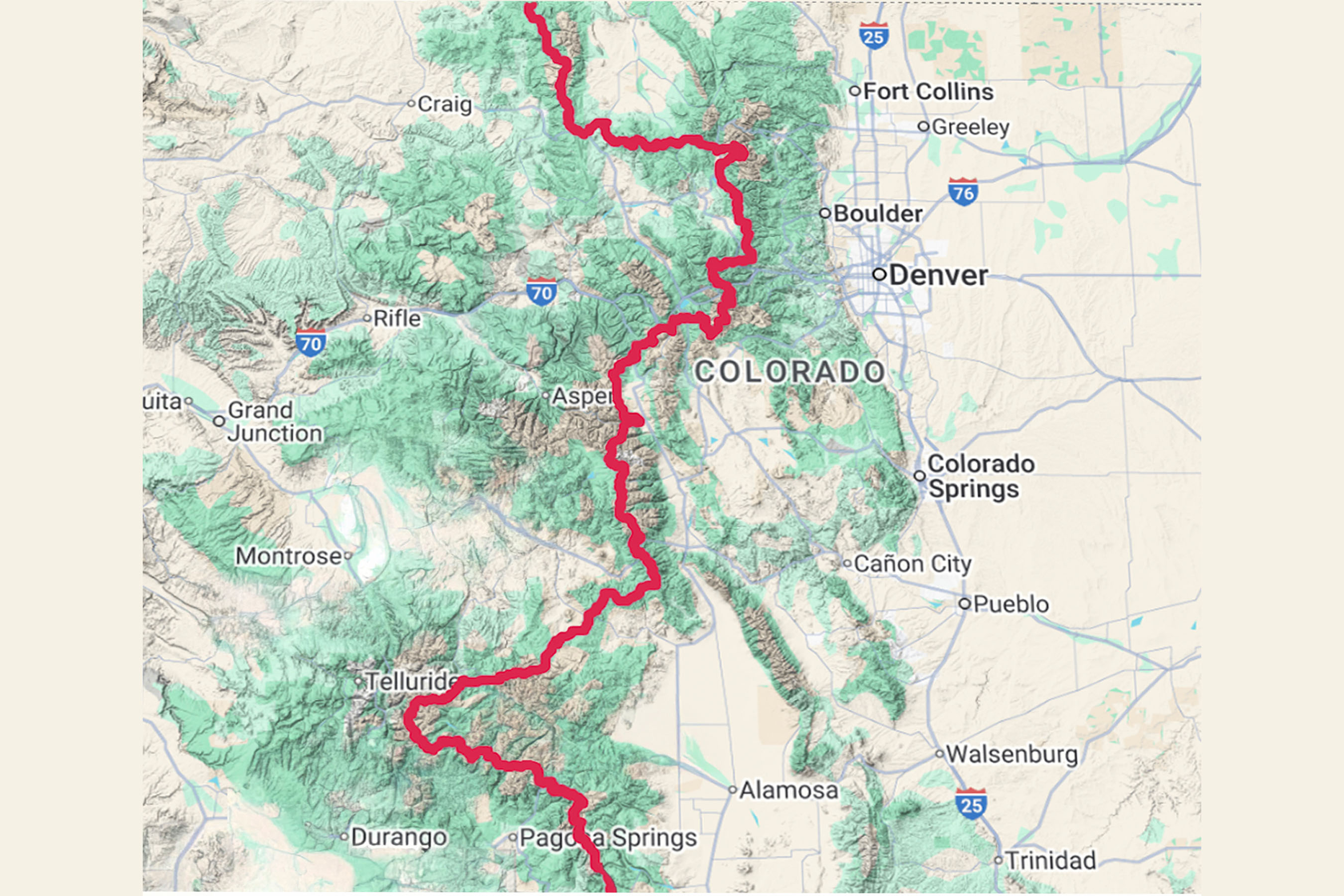
GearJunkie: Last time we spoke, you were in the final stages of prep for this FKT attempt. How did it go?
Hunter Leininger: Oh man. We finished. So that’s great. It started, and I was just super-sick the first day and didn’t realize it until I got up the first climb. My heart rate was 160 beats per minute on a hiking pace, which is really high for me. And then I started coughing a bunch and had a hard time breathing, and started throwing up. It was a crazy way to start.
That’s a rough start. Did it get any better from there?
Basically, the first 3 days, I just suffered through it. I started feeling a little better, and then all of a sudden, my phone broke. And my phone had my navigation and obviously communication, music, entertainment, everything. But the main thing was the navigation.
I had one of the flip phones, the Z Flip, and the screen completely deactivated. I could not use it at all.
But what’s funny was, I could still use the little touchpad screen, and the only thing you can really do on that is answer calls. So I would have the phone on and as soon as somebody tried to call me, I’m like, Answer, answer, answer!
“Oh, hey, Mom. Hey, can you look at the live tracker and see where my location is? Can you tell me if I’m on track or not?” And my mom would be helping me navigate when she’s 2,000 miles away.
Did you ever get totally lost off course?
Oh, for sure. Countless times. The Continental Divide Trail isn’t marked super well. There are barely any markers or signage. It’s just super, super rugged, and I didn’t have a map. So I was getting lost here and there.
But the biggest struggle was, I didn’t know where the water resupplies were. I’m already sick. It’s already hot. I’m already dehydrated. I didn’t know as I was filling up at a spot, if it was going to be 5 miles until the next water supply or 25 miles.
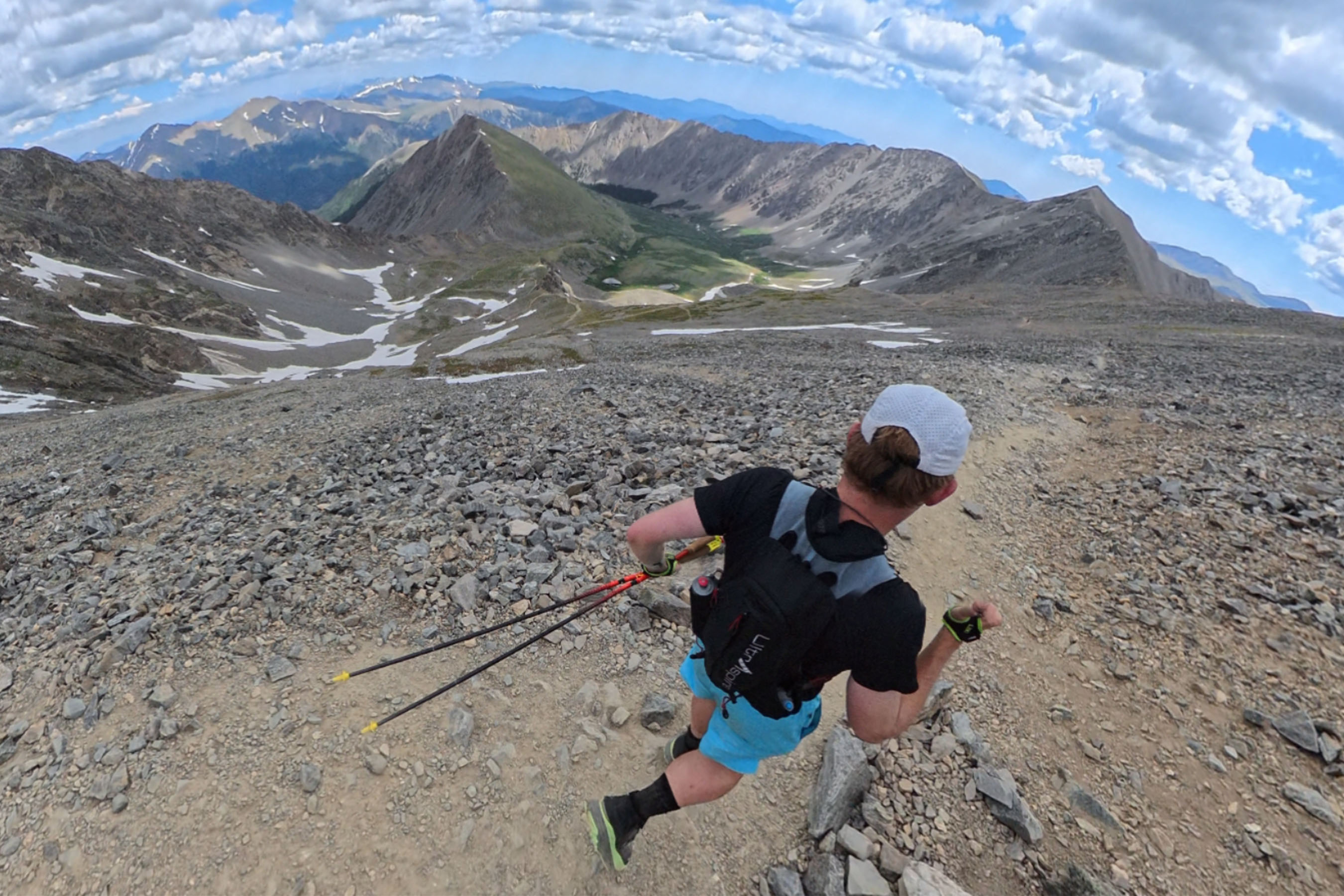
Did you ever run out of water?
I got screwed on a 25-mile section where there was no water, and I didn’t pack anything. So within 5 miles, I’m out of water. It’s the heat of the day. I’m starving. I’m super-thirsty, and I know this is going to suck. So, I made it through that 25-mile section, and I was just throwing up at that point because I was out of water.
It basically got a little too dangerous without a map. I didn’t need the entertainment. I didn’t need the communication or anything like that for the next 15 days or whatever. But without a map, without being able to navigate, and knowing where the water fillups were, it was just too dangerous.
So you’re sick, running out of water, getting lost, and unable to navigate. What did you end up doing?
I found a hiker, borrowed his phone, and called my dad. He was in the state, like on the other side of it, maybe 6 hours away. I’m like, “Hey, Dad, is there any way you could come drop me off a phone?”
I realized I would be dropped down to the “Supported” category [from “Unsupported”], because that would be considered outside support from someone you know. It sucked, but [I had] to get a new phone.
So, 6 hours through the night I slept, and he drove to meet me.

How did changing from Unsupported to Supported change the FKT attempt from there?
So, the strategy was basically to run all day long, completely unsupported, not see [my dad] at all. Then, at the end of the day, I would get to see him and sleep in the ambulance I converted into an RV. So, I slept in the ambulance, and then repeated that process all the way to Wyoming.
So as soon as I went supported, I did about 55 miles a day. I crushed it in about 13 or 14 hours, which is really fast for FKT pace.
Did it get easier after that?
The rest of the way, I was sick. So on day six, I went to urgent care and got an X-ray of my lungs and blood work done, and they tried to test everything. They told me, “We don’t know what’s going on. It could be your asthma acting up. It could be some sinus infection, respiratory infection.”
They gave me inhalers. They gave me antibiotics, but I didn’t take the antibiotics because, unfortunately, with the antibiotics, the biggest negative side effects come from sun exposure … and I’m running in short sleeves and shorts all the time. I’m burning out there.
It truly did not get any better or easier for me. It took me 18 days of being sick, basically. Anytime I got above 12,000 feet, which was every single day, I could feel that my breathing was really tough and I was coughing.

How did you feel about the run physically, besides your lungs?
I never bonked, and I never had any physical problems. Truly, my legs were about 100% until the very end. My legs didn’t even feel sore. I didn’t have to do much massaging, stretching, or putting on Tiger Balm or muscle relief.
My legs were great this run, but I was sick as a dog the whole time.
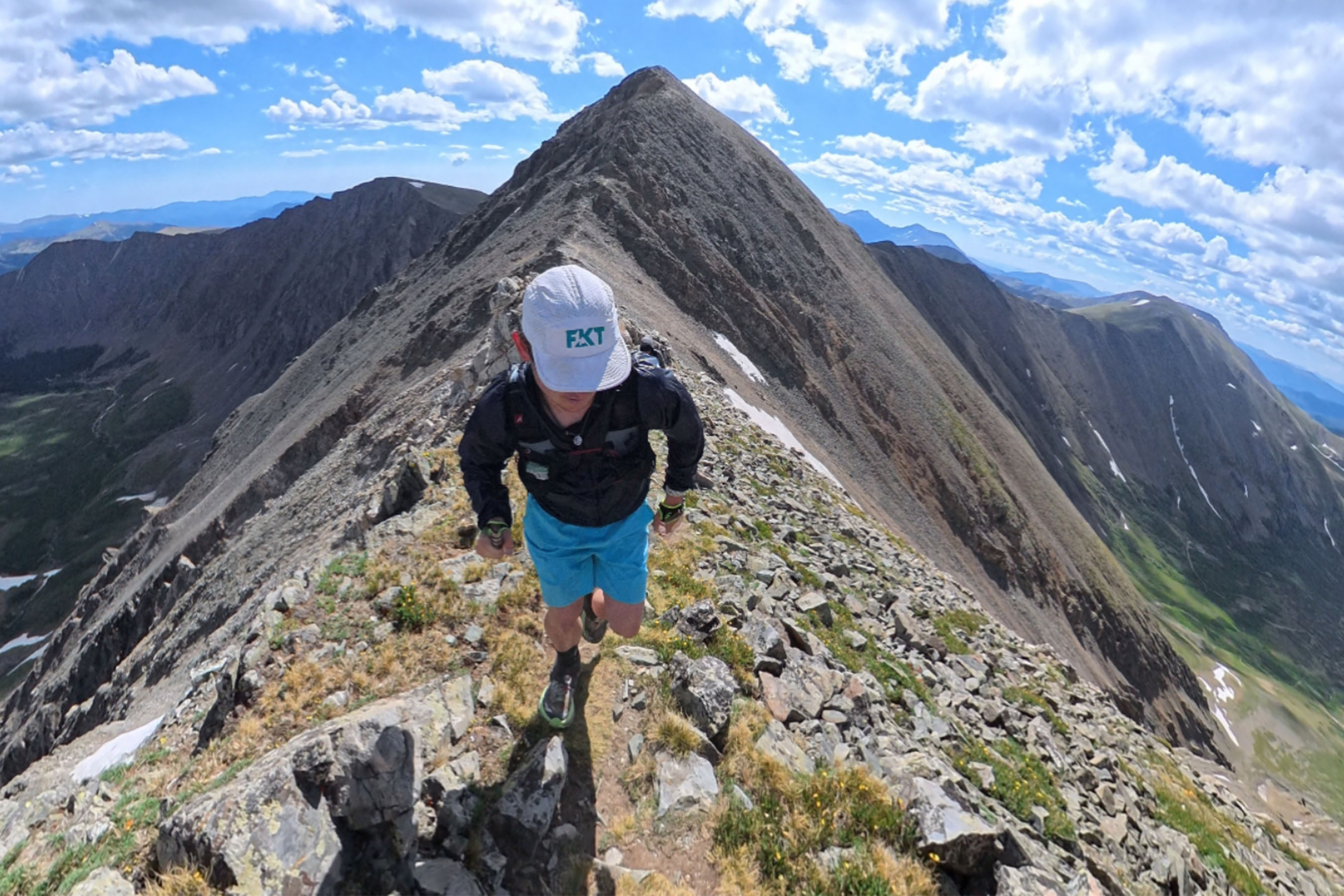
Obviously, not everything went to plan on this FKT. Do you have any plans to come back and try it again someday?
Oh no, I don’t think I have any desire to. I never have a desire to be like, “Oh, okay, now I have to come back and do it a little faster or come back and do it again and experience it better.” Like, I’m grateful for being sick and suffering, but also feeling really fresh and fast and being able to run.
I think this one woke me up to how tough doing these things, self-supported truly is. It’s really tough to do something like the PCT or the Appalachian Trail self-supported. You have to have a special mindset to be like, “I don’t want to see any friends or family.” And for me, I’m too social and like just seeing my dad every day was the biggest carrot to look forward to.
I think from here — I say this now, but maybe a few years from now, I’ll want to do some self-supported stuff again — but I think keeping [an Unsupported FKT attempt] to a week is amazing. I could do 6, 7, 8 days, whatever. But anything longer, I want to do it Supported.
Hunter Leininger Colorado Traverse FKT: The Gear (Or Lack Thereof)
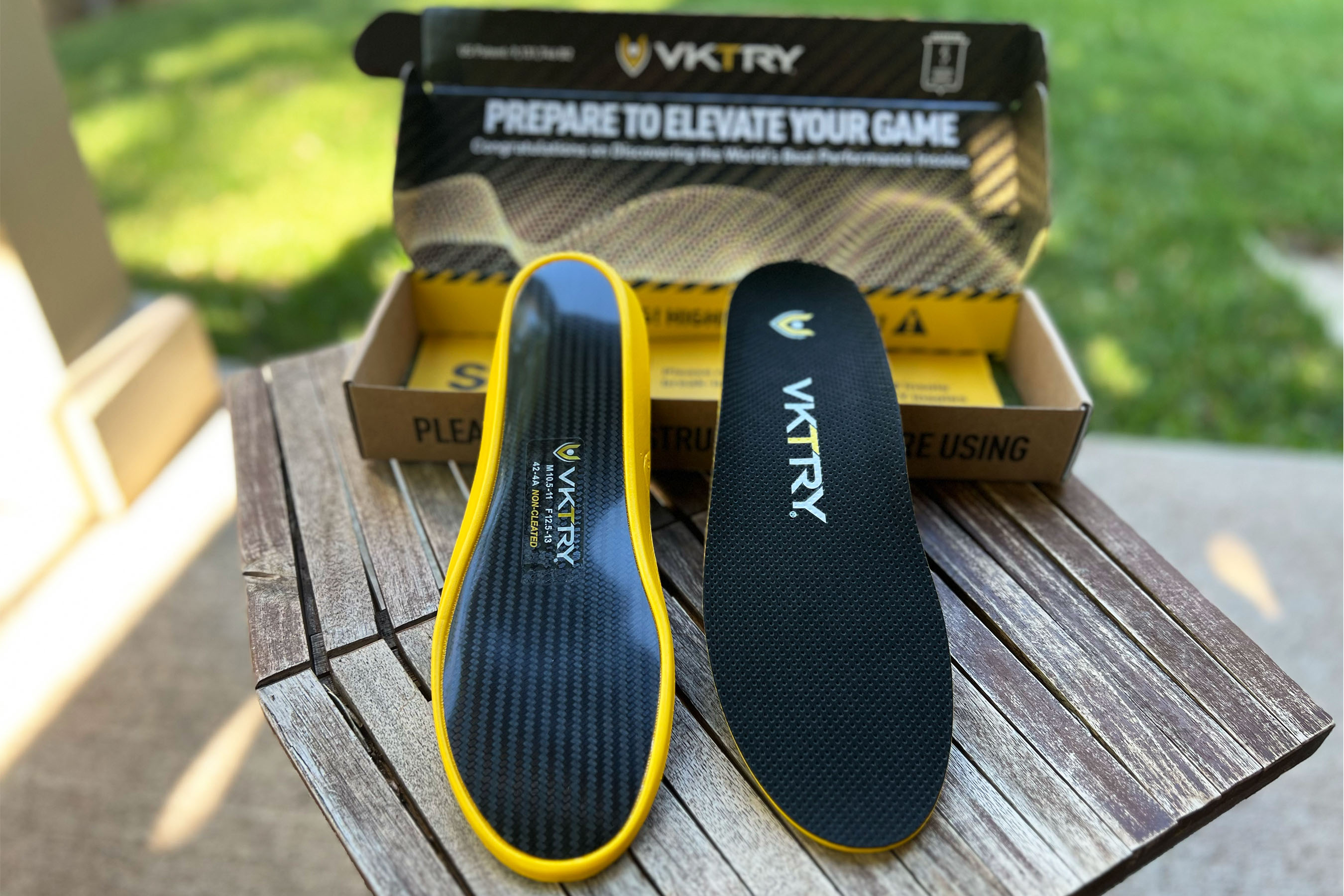
Leininger didn’t just face health issues during his FKT attempt. From the start he said, he had some serious bad luck with gear. Not only did his phone break, but he also said that within the first 3 days, his backpack’s shoulder strap ripped off. His sleeping pad popped and he had to sleep on the cold ground. Then, his sleeping bag got soaked and wouldn’t dry.
“Everything kind of started falling apart on me,” he said.
But once he made the shift from Unsupported FKT attempt to Supported, everything changed.
“Once I went to Supported, I didn’t need any of the sleeping stuff anymore,” he said. After that, he could go as light as he felt comfortable with. So, there was just a handful of equipment that ended up making a huge difference the entire way.
- VKTRY Carbon Insoles: “These were my secret weapon on this run. I wore them in my shoes every day.”
- VKTRY Inside Edge Compression Socks: “They automatically flex your foot forward … it almost feels spring-loaded. It’s a crazy feeling.”
- Enlightened Equipment Copperfield Wind Shirt
- GORE Wear Concurve GORE-TEX Rain Jacket
- HOKA Stinson 7: Two pairs
Read the full article here



